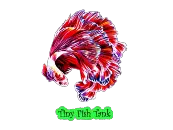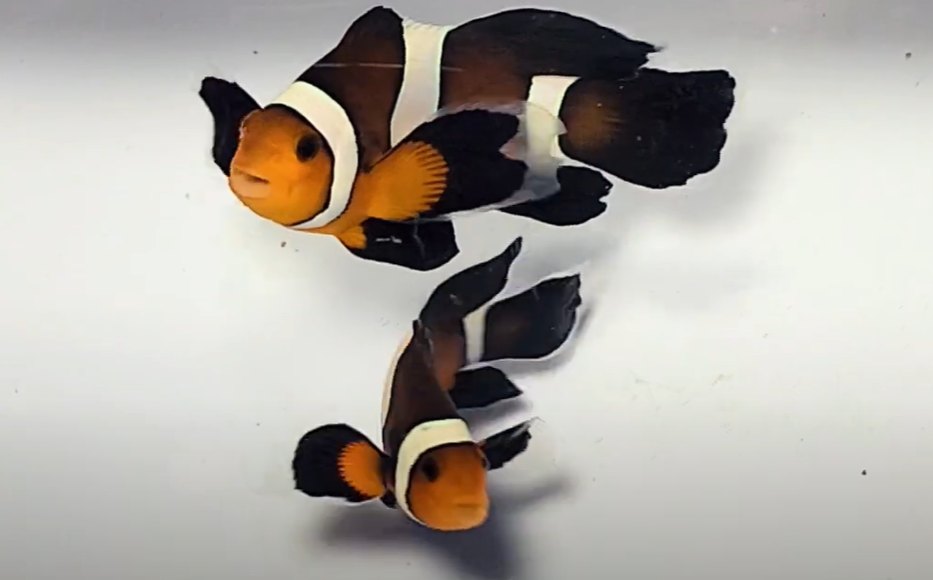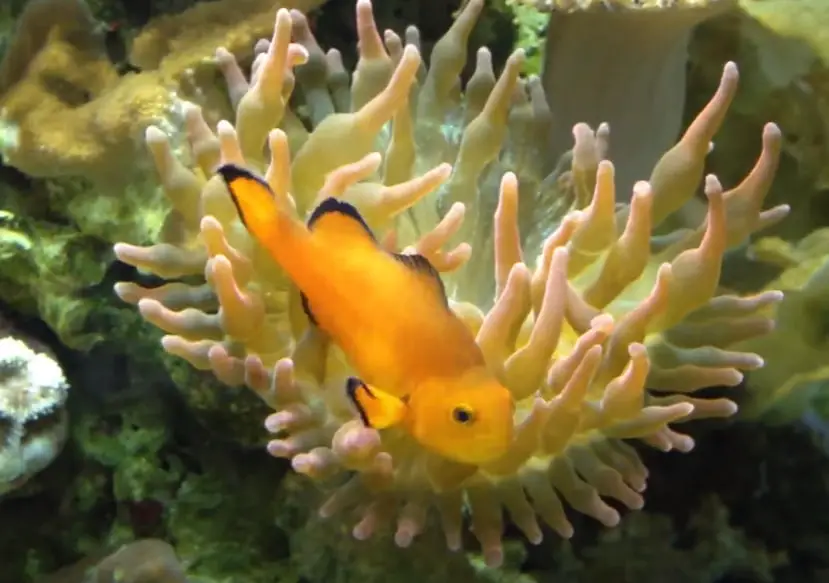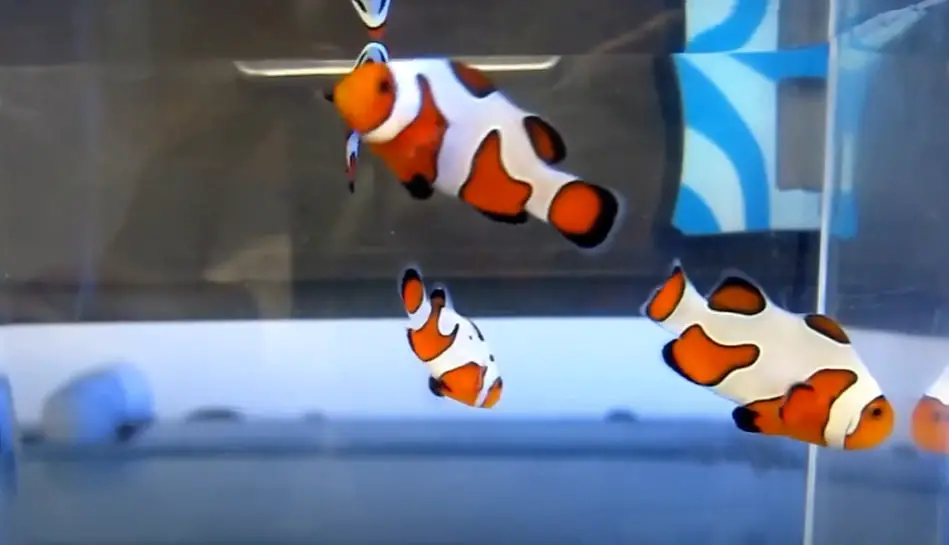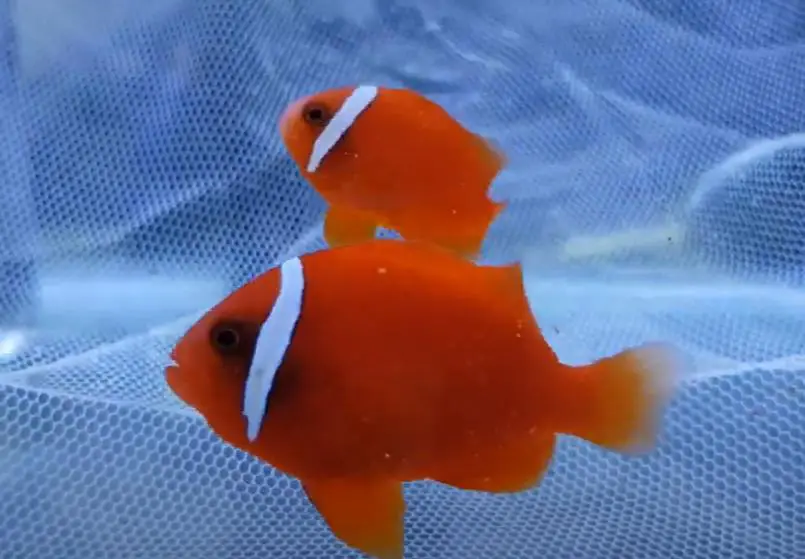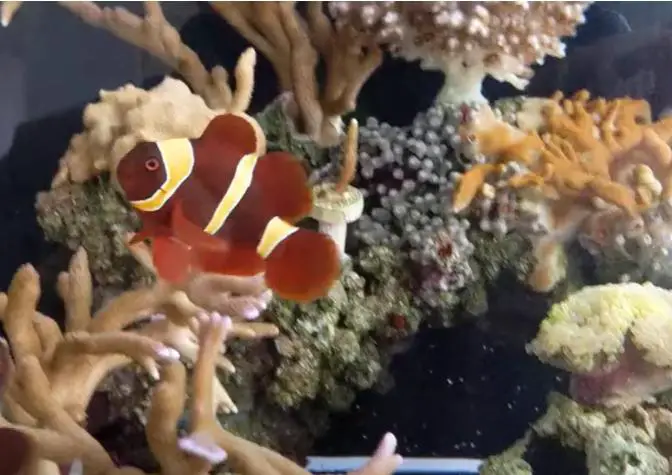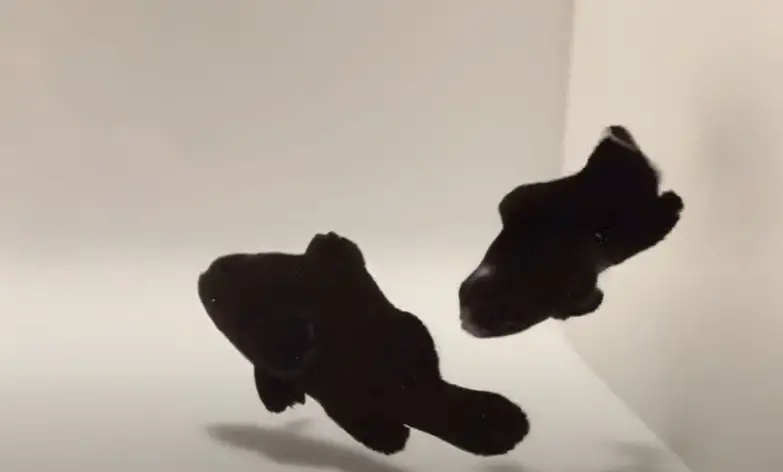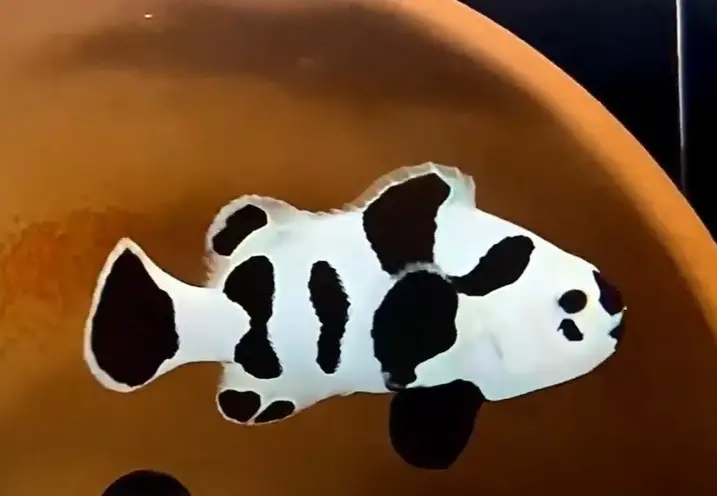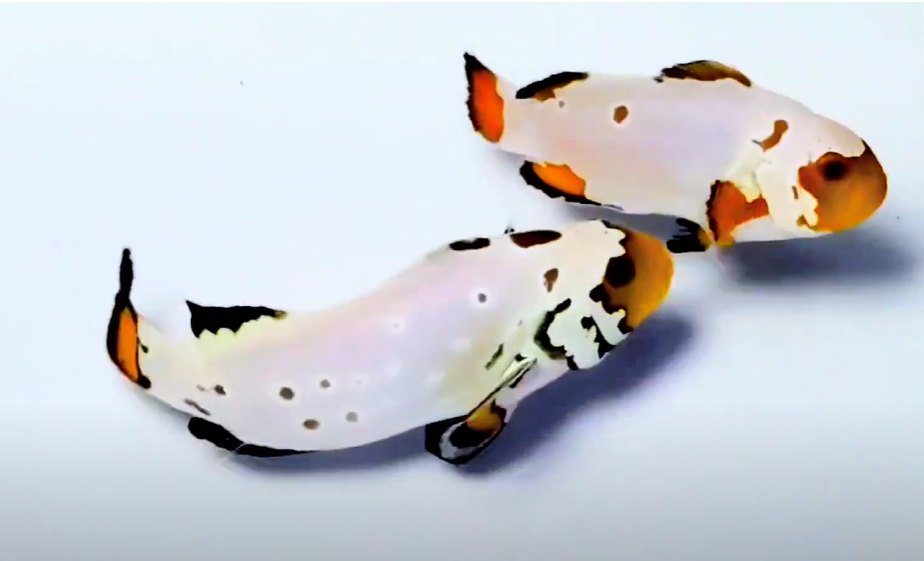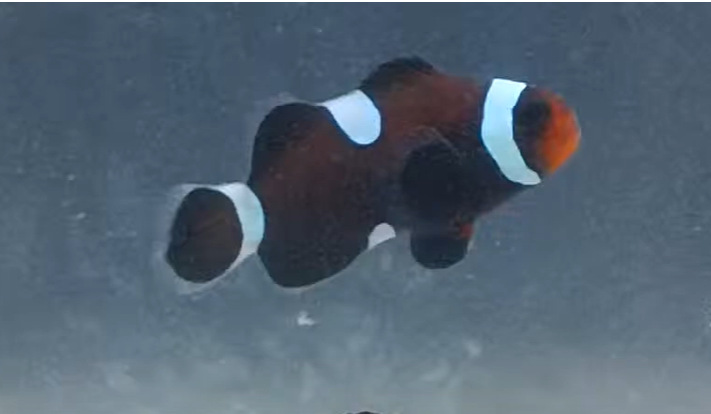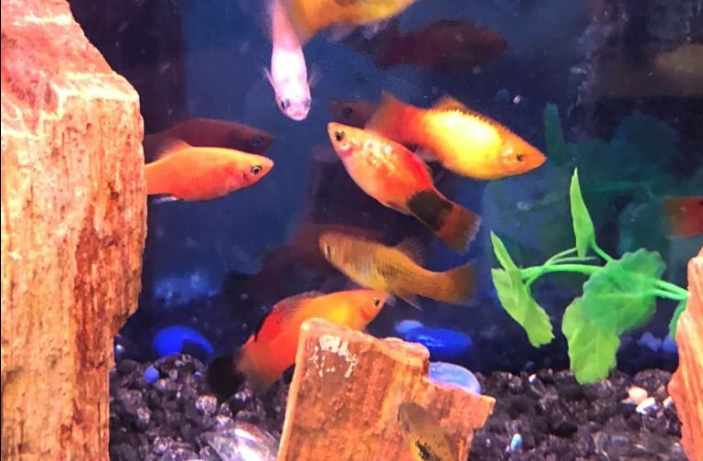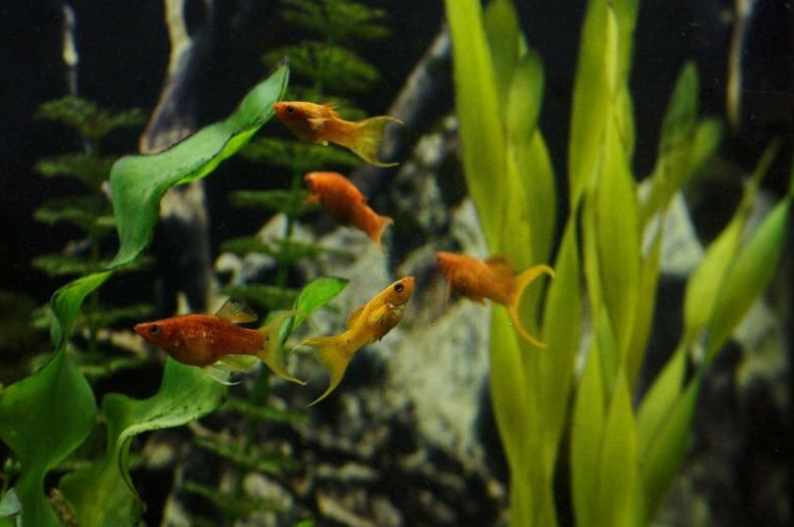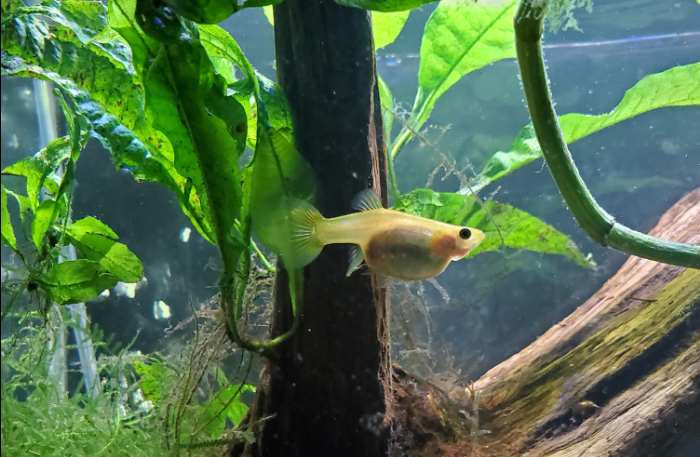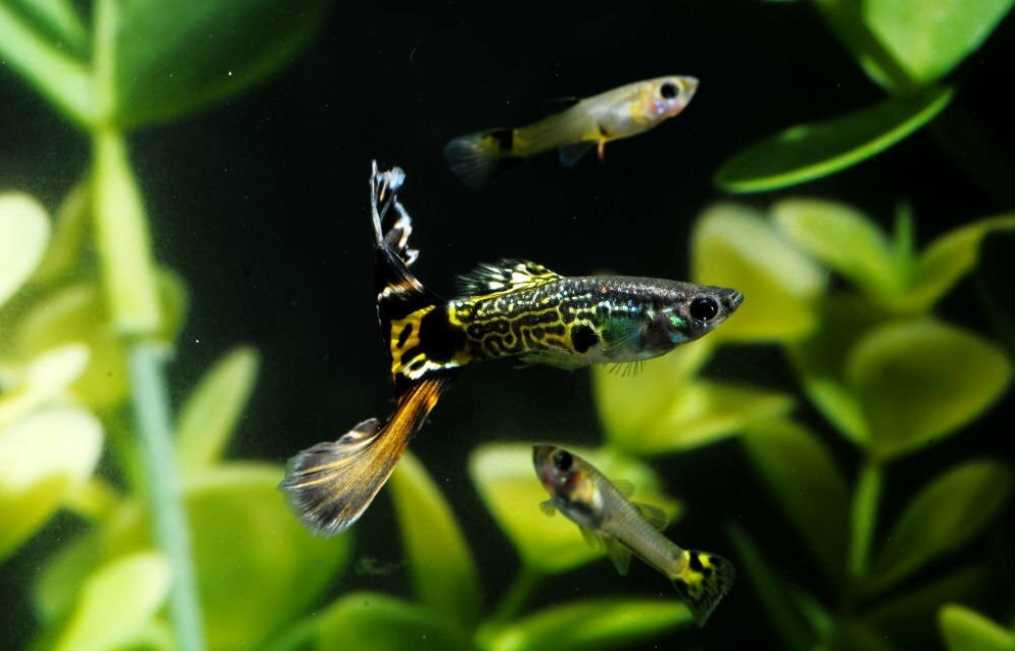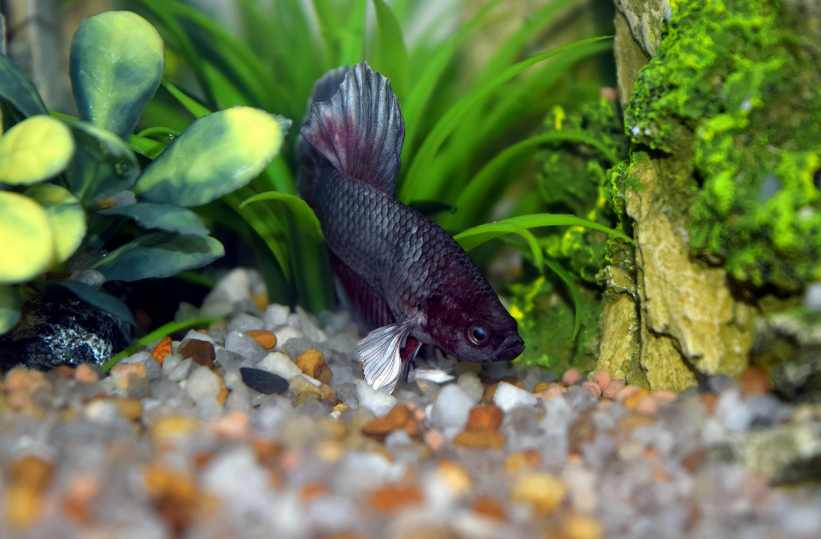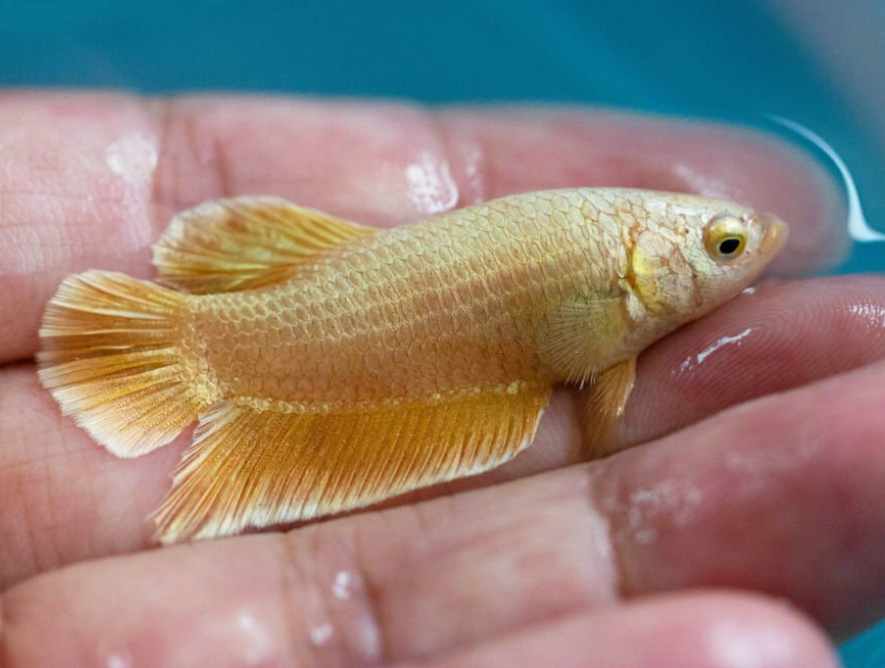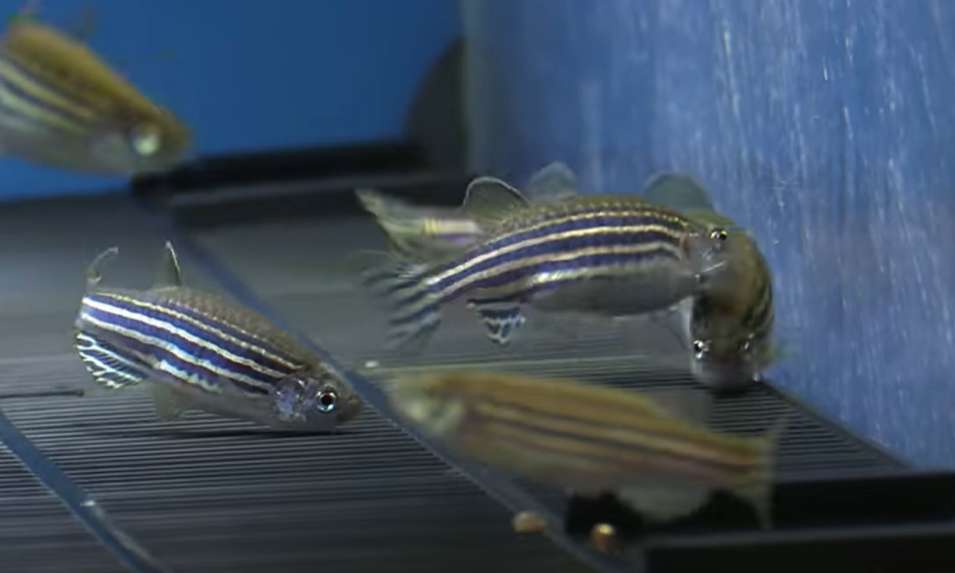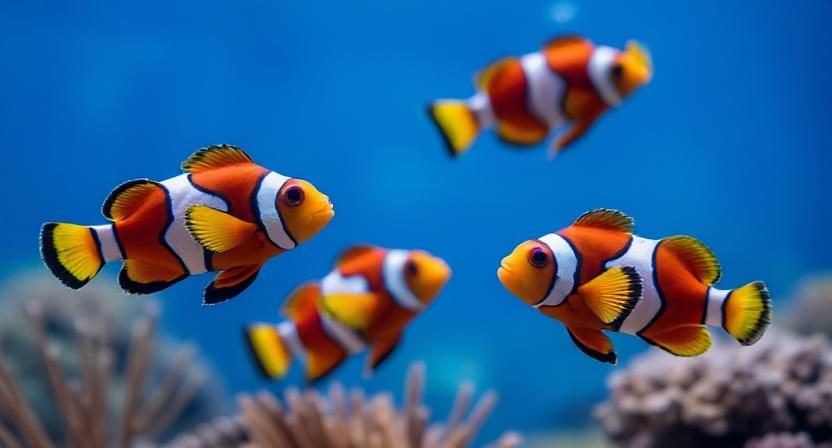
Aquarium fish Origin, Lifespan, Diet And Expert Advice
Clownfish
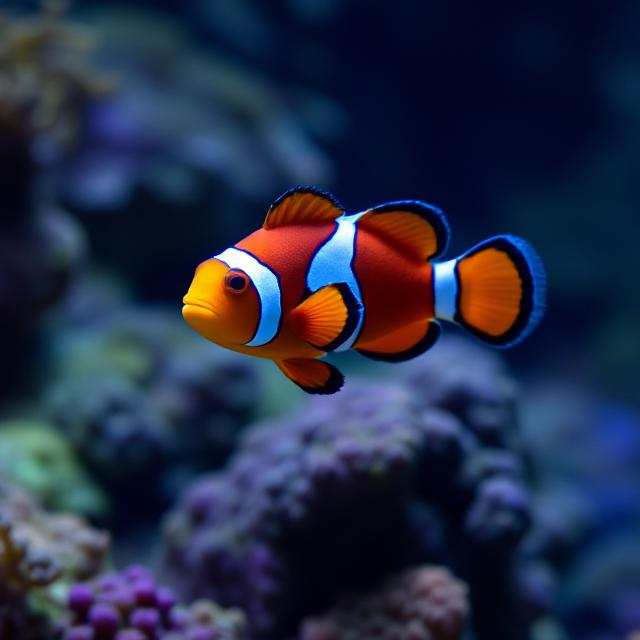
Clownfish – Overview, Characteristics, and Biological perspective of Marine Ornamental fish
Clownfish belong to “Amphiprion” and are recognized as ecologically significant marine species. Clownfish are small, uniquely shaped, and brightly colored, primarily known for their symbiotic relationship with sea anemones, a unique biological interaction that has fascinated scientists and marine enthusiasts alike.
Clownfish exhibit remarkable adaptations, which enable them to thrive in the challenging environment of coral reefs, making them a subject of extensive research in marine ecology and behavioural biology. Clownfish’s characteristic feature is their mutualistic relationship with sea anemones. Sea anemones possess stinging cells that are toxic to most fish, clownfish have developed a protective mucus layer that allows them to coexist safely within the anemone’s tentacles.
Clownfish acquire protection from predators, while the anemone benefits from the clownfish’s ability to deter polyp-eating species and provide nutrients through their waste. The Journal of Experimental Marine Biology and Ecology found that this symbiosis enhances the survival rates of both organisms, with clownfish exhibiting a 30.557% higher survival rate when associated with anemones compared to those living independently.
Clownfish have complex social structures and reproductive behaviours. Clownfish live as a hierarchical group, and the female will be bigger than the male clownfish. Female fish dominated the breeding pair and it is a phenomenon known as sequential hermaphroditism.
Clownfish play a vital role in maintaining the health of coral reefs. Clownfish interactions with anemones and other reef inhabitants contribute to the biodiversity and stability of these ecosystems.
Clownfish face increasing threats from “climate change, habitat destruction, and aquarium trade.” International Union for Conservation of Nature (IUCN) alerts that “rising ocean temperatures, Oil Leaks and Spills and ocean acidification” could disrupt their symbiotic relationships, posing a significant risk to their survival.
Betta fish
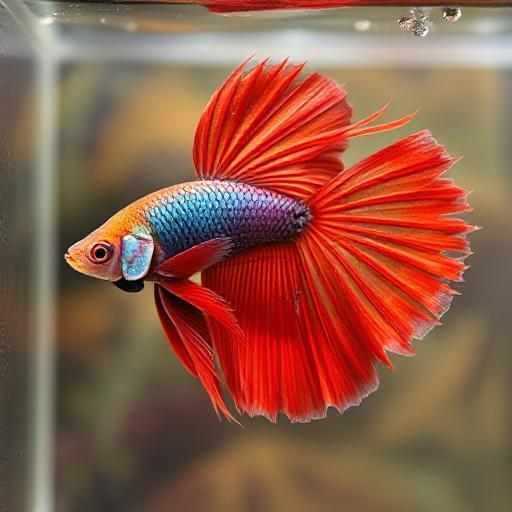
Siamese fighting fish – Betta fish Origin, Reproduction, And Behavioral Overview
Betta fish, scientifically known as “Betta splendens“, are among the most aggressive and visually striking freshwater fish in the world. Betta fish live in shallow water areas including “rice paddies, slow-moving streams, and floodplains” in Southeast Asia. The vibrant color, intricate fin display and unique behavior can attract an aquarist.
Betta fish reveal remarkable traits that enable them to survive in low-oxygen environments, making them a fascinating subject of study in aquatic biology and ethology. Betta fish can breathe atmospheric air using a specialized organ called the labyrinth. This adaptation helps them to thrive in stagnant or low-oxygen waters, where other fish species might struggle to survive. Journal of Fish Biology highlights that this evolutionary trait not only enhances their resilience in challenging habitats but also influences their territorial and mating behaviors.
The male betta fish is violent, and combat to establish dominance and defend their territory. Betta fish are well known for their complex reproductive behaviors. The males build the bubble nests at the water’s surface. Bubble nest helps to hatch eggs and newly hatched betta fry safely. Department of Aquatic Science at Chulalongkorn University in Thailand has shown that this paternal care is critical for developing young bettas, with nest quality directly impacting fry survival rates.
Guppy Fish
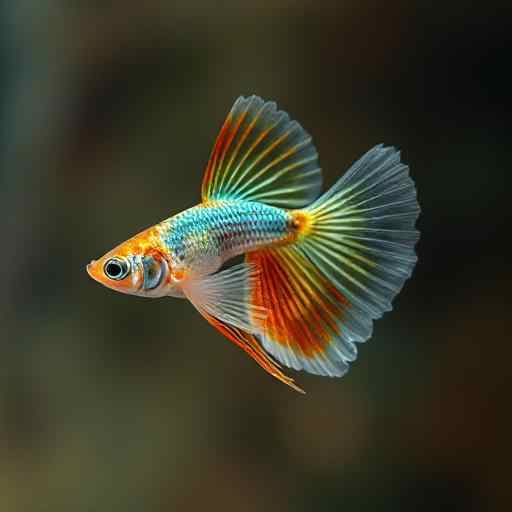
Guppy Fish Diet, Health, and Breeding Process
Guppy fish (Poecilia reticulata) are indeed native to the freshwater streams, rivers, and tributaries of South America. Guppy has vibrant colours, diverse patterns, and prolific breeding habits. Guppies serve as a model organism for understanding “evolutionary biology, ecology, and genetics.” Guppy Fish can adapt to various environments and rapid life cycles make them an ideal subject for experimental studies.
Guppies have a unique reproductive strategy. Female fish can store sperm for extended periods allowing them to produce multiple broods from a single mating event. The Journal of Evolutionary Biology has shown that this trait, combined with guppy short gestation period, enables guppy populations to thrive even in dynamic and resource-limited environments.
Zebra Danios
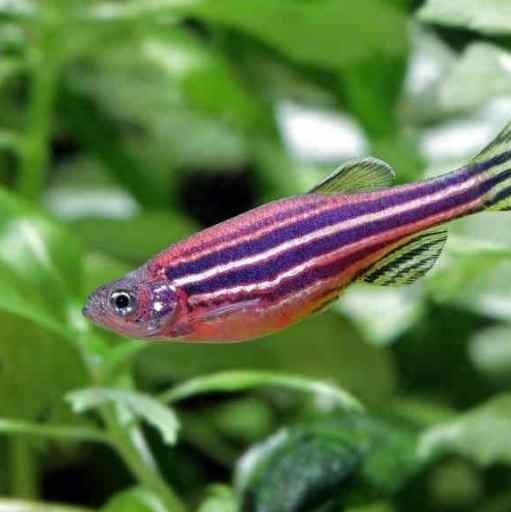
zebra danio origin, lifespan, and characteristics Overview
Zebra danio (Danio rerio) known as zebrafish are small freshwater fish native to the rivers and streams of South Asia. One of the most unique characteristics of zebra danios is their short reproductive cycle and high fecundity, enabling researchers to observe multiple generations in a relatively short time. Zebra danios are widely used in toxicology and environmental research.
Zebra Danios adapt to varying environmental conditions, thriving in a “range of water temperatures, ammonia, and pH levels.” Zebra Danios have become significant in scientific research due to their “small size, short lifespan, and rapid reproduction. “Danios fish typically grow to about 1.5 to 2.5 inches [3.81cm – 6.35cm] in length and are known for their active, schooling behavior and their resilience in a variety of environmental conditions.
Tetra fish
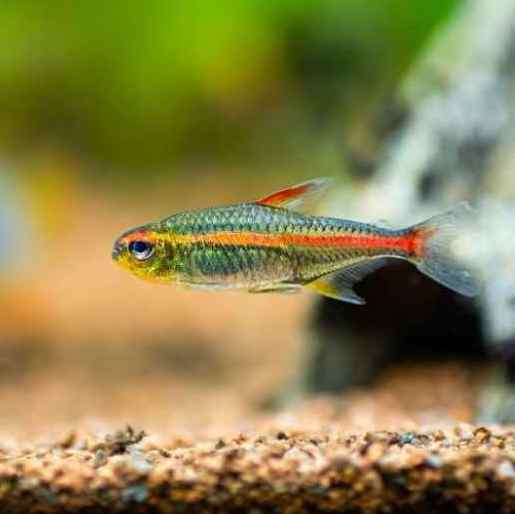
tetra fish varieties, diet, and living environment overview
Tetra fish are a popular and widely recognized species in the aquarium hobby, known for their vibrant colors and lively behavior. Tetra fish belong to the Characidae family and include over 150 species. Tetra fish are native to freshwater rivers and streams in Central and South America, and a few species can be found in Africa.
Tetra are schooling fish breeds and are ideal for community tanks with other non-aggressive fish due to their peaceful nature. Tetras are small in size ranging from 1 to 3 inches [2.54cm- 7.62cm], and some species like the neon tetra are particularly small.
Tetra fish are omnivorous, feeding on a diet of “small invertebrates, plant matter, and algae in their natural habitats.” High-quality flakes, pellets, and occasional live or frozen foods can feed in the aquarium fish tank. Tetra fish require well-maintained water conditions and a suitable environment that mimics their natural habitat, with soft, slightly acidic water and hiding spots provided by plants or decorations. Tetras are shoaling fish breed and prefer to live in a group, and it helps to reduce fish stress.
